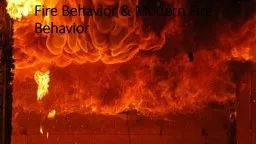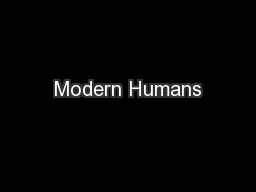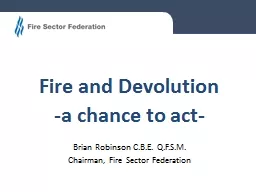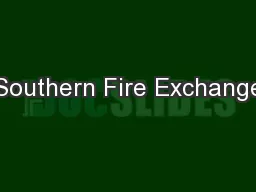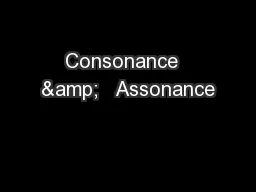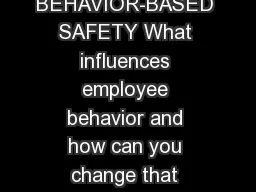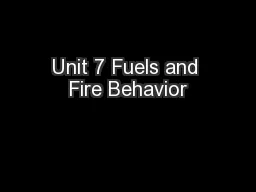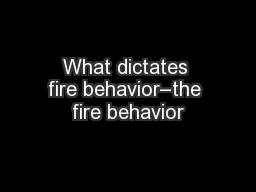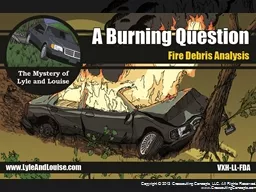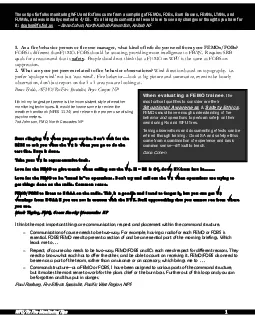PPT-Fire Behavior & Modern Fire Behavior
Author : grewhypo | Published Date : 2020-06-30
ENABLING OBJECTIVES Identify the Science of Fire Define The methods of Heat transfer Compare the characteristics of each class of fire Discuss fire behavior in
Presentation Embed Code
Download Presentation
Download Presentation The PPT/PDF document "Fire Behavior & Modern Fire Behavior" is the property of its rightful owner. Permission is granted to download and print the materials on this website for personal, non-commercial use only, and to display it on your personal computer provided you do not modify the materials and that you retain all copyright notices contained in the materials. By downloading content from our website, you accept the terms of this agreement.
Fire Behavior & Modern Fire Behavior: Transcript
Download Rules Of Document
"Fire Behavior & Modern Fire Behavior"The content belongs to its owner. You may download and print it for personal use, without modification, and keep all copyright notices. By downloading, you agree to these terms.
Related Documents

